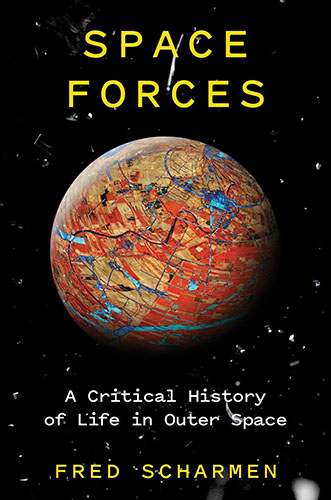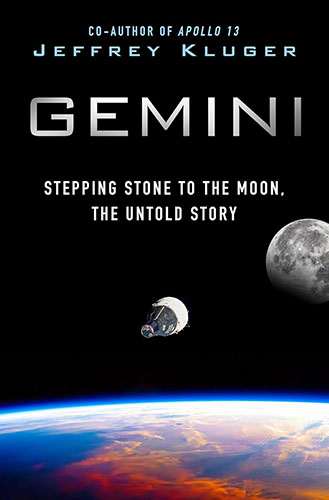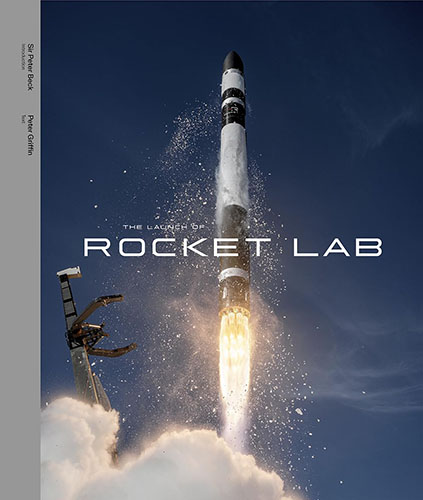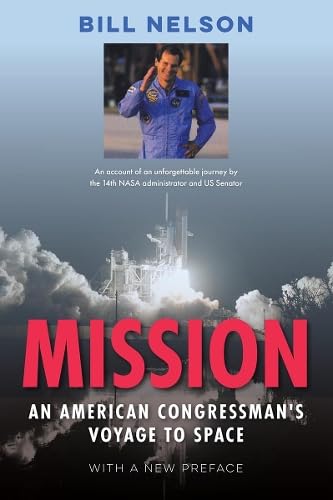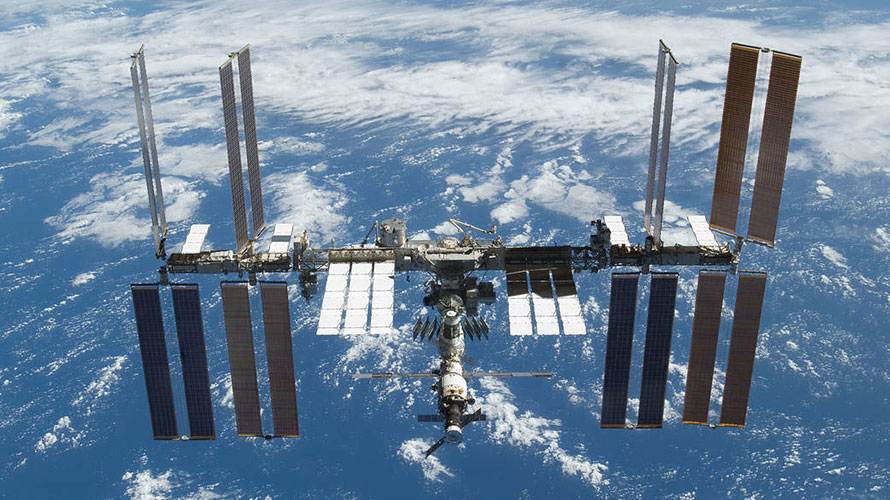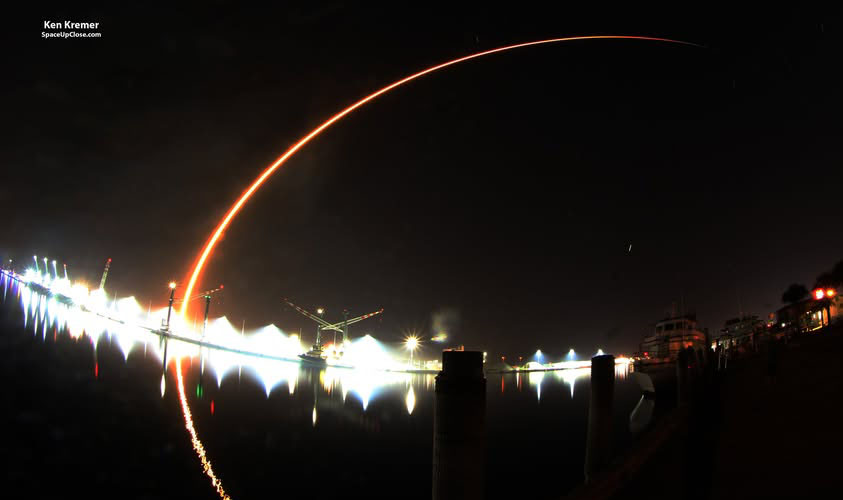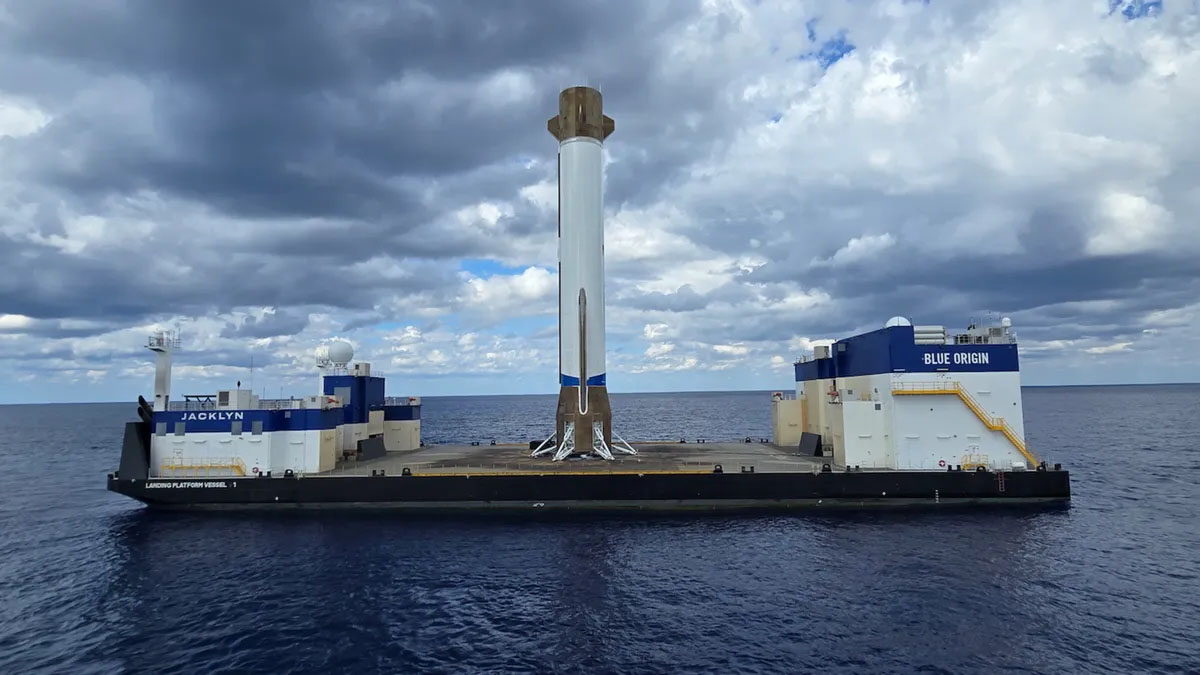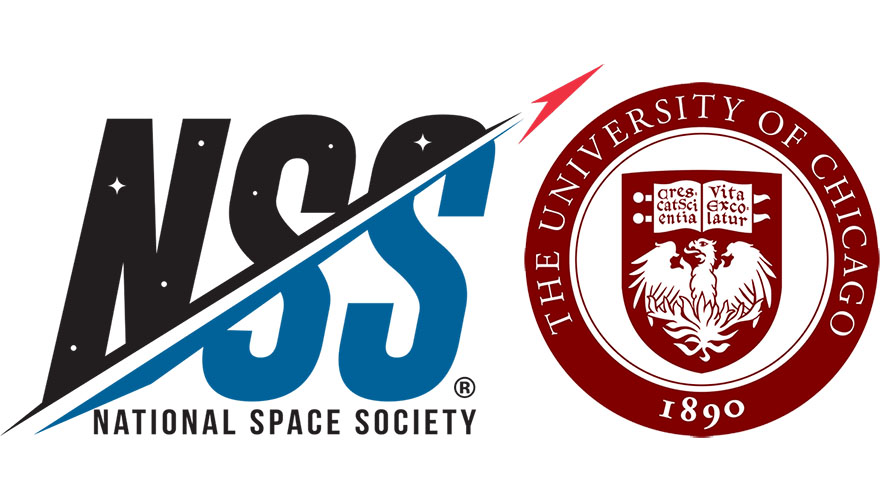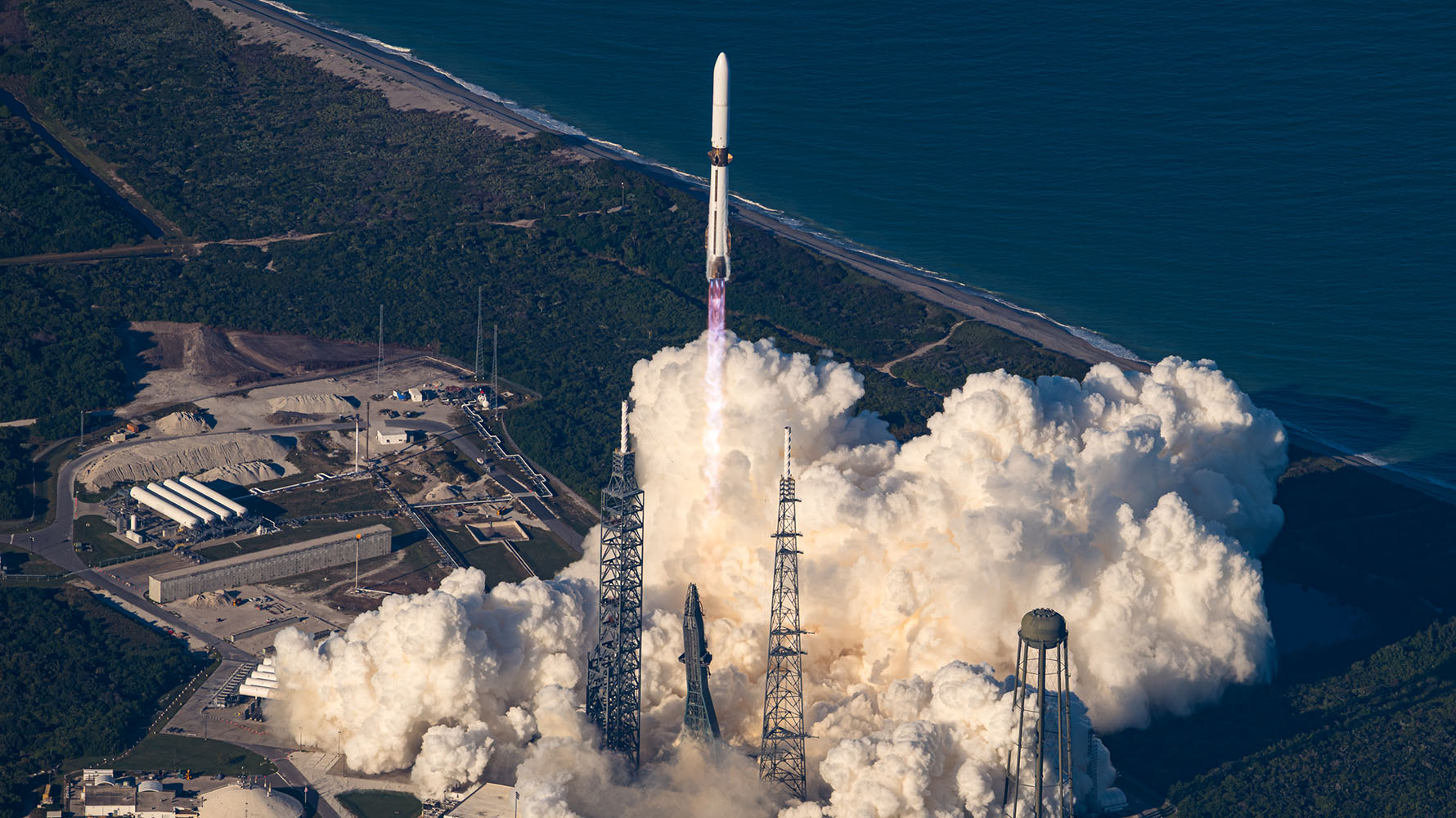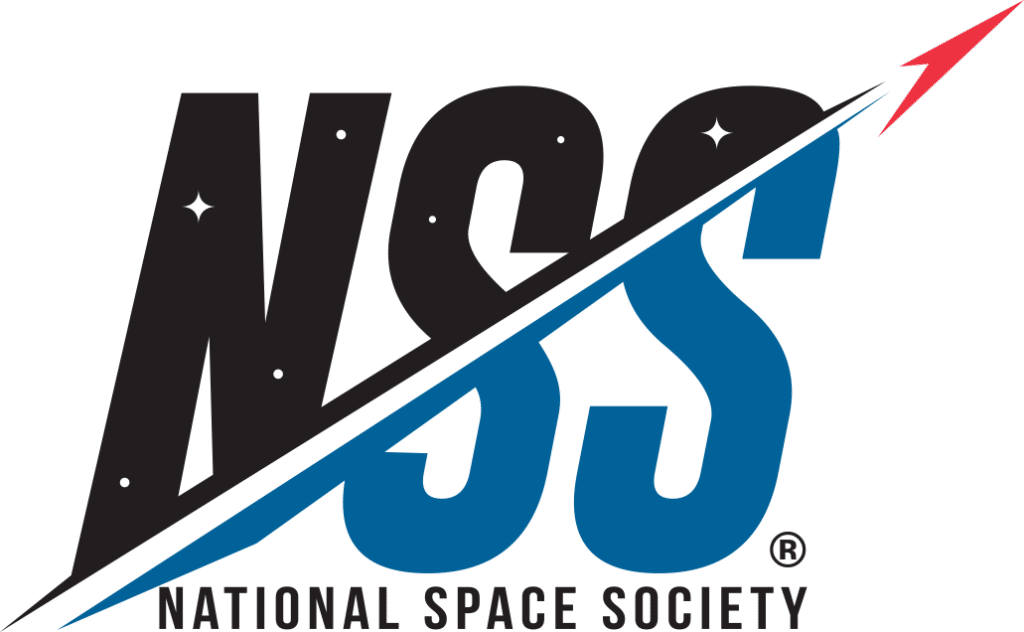This Space Available, By Emily Carney
A new book reveals the unseen dimensions of the oft-neglected Gemini program.
Here’s what most people know about NASA’s Gemini program, which flew crews of two astronauts into orbit from early 1965 to late 1966: nothing, nada, and zilch.
Indeed, the program, which functioned as a bridge between the one-person Mercury missions to the much more ambitious three-man, Moon-bound Apollo missions, has been criminally overlooked. It’s kind of like the neglected middle child of 1960s NASA, sandwiched between the first heroic jaunts into space and the grandeur of trips to the Moon (albeit not as neglected as Skylab, but I’ll write even more about that subject soon). This is hard to believe because Gemini had so many incredible firsts, encompassing not only the first U.S. spacewalks and rendezvous/dockings with other spacecraft, but also effectively taught NASA how to bring humans to the Moon and back by demonstrating the objectives required for Apollo.
Thankfully, in recent years, space historians have been focusing more on this lesser-discussed program, generating more interest. Michael Mackowski has done incredible work unearthing lost Gemini concepts, while J.L. Pickering and John Bisney have released rare photos cataloging Gemini training, mission, and post-flight events. Recent articles by Dwayne Day in The Space Review discussed fascinating attempts to give the Gemini spacecraft land touchdown capabilities. While it was released in 2018, the Neil Armstrong biopic First Man realistically depicted Gemini 8’s launch and ensuing mission emergency, introducing new audiences to the program who may not have previously even heard of it (and also the Gemini-Titan II’s distinctive launch sound).

It’s encouraging that middle child Gemini, which drew to a close nearly 60 years ago, is finally getting the attention it deserves. But the volume that most drives home the importance of humanity’s involvement in the program might be Andy Saunders’ Gemini and Mercury Remastered, published by Penguin in the United Kingdom and Black Dog & Leventhal in the United States. The stunning, remastered photos in this new release bring each mission back to life, in living color.
It is worth noting that some Mercury-era photos are included in the book, illustrating the transition from the less complex first U.S. crewed spaceflight program to a more ambitious one. Saunders remastered many of the Gemini photos catalogued by Arizona State University’s School of Earth and Space Exploration. Many of those images were murky at best and believed to be unusable for print. But Saunders, whose Apollo Remastered was wildly successful and recently was adapted into a multimedia presentation, The Moonwalkers (narrated by none other than Tom Hanks), is no stranger to bringing out the “unseen dimension.” Like Apollo Remastered, Gemini and Mercury Remastered required an incredible amount of research and skill on Saunders’ end. And it shows: having personally reviewed thousands of Gemini mission photos, I was surprised by how many pages made me gasp, as if I were seeing them for the very first time.

Personally, I was stunned at the clarity of the Gemini 4 spacewalk photos, which I’d seen before, but now I was seeing them as if they’d happened today. With grain removed and color corrected, these photos seem alive and very modern. More touching are the images of mission pilot and spacewalker Edward H. White II in flight, either at work or in repose in the crew’s cockpit, perhaps that era’s perfect aesthetic representation of an astronaut – beautiful, bright, and gone far too young, less than two years later in the Apollo 1 launchpad fire. Fittingly, White is immortalized on the covers of both the U.S. and UK versions of Gemini and Mercury Remastered.
More photos reveal the taxing nature of these missions, which saw Gemini’s crews perform multiple objectives and break spaceflight duration records. We don’t usually see figures such as Frank Borman and John Young looking fatigued, but here you see these historically great mission commanders hard at work, sometimes looking less than glamorous. It’s a candid look into mid-1960s life in space, when astronauts were just learning how to adapt to an entirely new, foreign environment. Perhaps most touching – and I won’t try to provide too many spoilers here – are the final photos in the book, which capture Gemini 12, crewed by command pilot Jim Lovell and pilot Buzz Aldrin. A photo previously swathed in darkness reveals Lovell, looking cool, calm, and contemplative in his aviators. The last section of the book is a beautiful tribute to the iconic Lovell, who passed away only a month ago.

Andy Warhol is credited with the quote, “The best thing about a picture is that it never changes, even when the people in it do.” Gemini and Mercury Remastered breathes life into an oft-forgotten program and its major players, making the reader forget about the passing of time. Highly recommended.
Gemini and Mercury Remastered is available at all major booksellers and is also available as an audiobook.
Featured photo credit: Edward H. White II feels like a million dollars performing the first U.S. spacewalk during 1965’s Gemini 4 mission. NASA/ASU/Andy-Saunders
Photo credits (top to bottom):
An intensely focused Wally Schirra, as seen in a photo from Gemini and Mercury Remastered, helming Sigma 7. Photo credit: NASA/Andy-Saunders
A contemplative Edward H. White II photographed during 1965’s Gemini 4. This rare photo emblazons the cover of Gemini and Mercury Remastered’s UK edition. Photo credit: NASA/ASU/Andy Saunders
The coolest cat: Jim Lovell during the final Gemini mission, December 1966. Photo credit: NASA/ASU/Andy Saunders
*****
Emily Carney is a writer, space enthusiast, and creator of the This Space Available space blog, published since 2010. In January 2019, Emily’s This Space Available blog was incorporated into the National Space Society’s blog. The content of Emily’s blog can be accessed via the This Space Available blog category.
Note: The views expressed in This Space Available are those of the author and should not be considered as representing the positions or views of the National Space Society.
